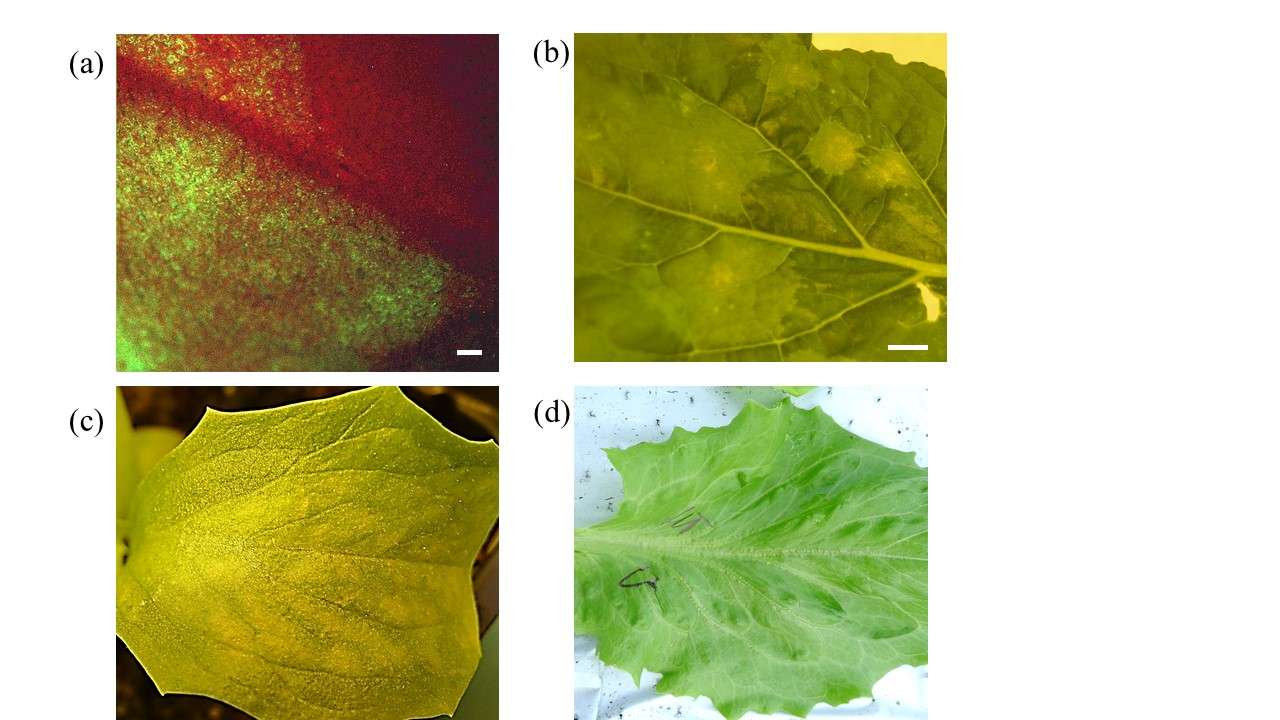Division of Biotechnology and Plant Health
GreenVac

End: dec 2017
Start: jan 2014
Development of a cost-effective Romania-Norway joint plant-based technology platform for production of vaccines against human hepatitis viruses B (HBV) and C (HCV)
Project participants
Norica Nichita| Start - end date | 01.01.2014 - 31.12.2017 |
| Project manager at Nibio | Jihong Liu Clarke |
| Division | Division of Biotechnology and Plant Health |
| Department | Viruses, Bacteria and Nematodes in Forestry, Agriculture and Horticulture |
| Partners | Romania Adademy of Science (RO), INSTITUTUL NATIONAL DE CERCETARE – DEZVOLTARE PENTRU MICROBIOLOGIE SI IMUNOLOGIE "CANTACUZINO" (RO), INSTITUTUL NATIONAL DE BOLI INFECTIOASE ''PROF.DR.MATEI BALS'' (RO), Center for Infection & Immunity of Lille, Max Planck Institute of Molecular Plant Physiology |
| Total budget | 1, 495, 930.00 EUR, of which 598,372.00 EUR to NIBIO |
| Funding source | EEA grants |
This GreenVaccine research proposal aims to contribute to sustainable improvements in health for vulnerable groups of people in Romania, in accordance with the health-related millennium development goals (MDGs) of the United Nations.
Hepatitis B (HBV) and C viruses (HCV) are important human pathogens, more than 500 million people being currently carriers of either virus. Chronically infected patients are at high risk to develop severe liver diseases, such as fibrosis, cirrhosis, and hepatocellular carcinoma (HCC). HCC is one of the most frequent forms of cancer in humans and a fast progressing disease with a very high mortality rate, less than 5% of diagnosed patients surviving for up to 5-years (Parkin D, 2001). Most of these cases occur in developing countries resulting in widespread social and economic problems, especially among the poor people. Sadly, Romania has the highest prevalence of HBV/HCV infections among the EU countries (up to 7% of the population).
Current therapies against HBV/HCV, based on replication inhibitors and immune system activators are associated with severe side effects, resulting frequently in early discontinuation of treatment. In addition, both viruses are prone to development of resistance to antiviral inhibitors, which reduces significantly the efficiency of treatment (Pawlotsky et al. 2008).
Efficient anti- HBV vaccines are available on market, however, costs associated with their production, the lack of appropriate distribution infrastructure and of highly trained medical personnel have signifficantly affected the application of mass immunization programs in developing countries. In addition, recent studies have shown that up to 10% individuals fail to develop a protective immune response to current vaccines and are exposed to infection (Cardell, Akerlind, Sallberg, & Fryden, 2008). In contrast, despite intensive research, a vaccine against HCV has not been developed yet and 3-4 million of new infections are expected to occur every year.
In this context, affordable vaccines and treatments against these diseases are essential for reducing the loss of life and economic burden to the health sector and individuals in Romania, Europe and rest of the world. We propose therefore a Romania -Norwegian project: “Developing a cost effective Romania-Norway joint plant-based technology platform for production of oral and intravenous vaccines against Hepatitis viruses HCV and HBV” which aims to (1) develop a cost-effective and safe production system for HCV and HBV vaccines via a tobacco chloroplast expression system, (2) determine the functionality of the tobacco chloroplast-derived HCV and HBV vaccines. The cost of downstream processing for plant-made pharmaceuticals and vaccines is usually about 80% of the total production cost. However, edible crops offer unique advantages in significantly reducing these costs. We take thus our experience in tobacco produced vaccine development a key step forward by aiming to (3) establish an innovative oral vaccine production platform, (4) produce HCV and HBV vaccines for oral administration, (5) establish the immunogenicity of the oral HBV and HCV vaccines produced, and (6) evaluate the social and economic impact of the tobacco and edible crop (lettuce) derived HCV and HBV vaccines. Capacity building by recruiting a PhD student in Romania and dissemination of our knowledge and project results are also important for the project and well planned.
References
- Jean–Michel Pawlotsky, Geoffrey Dusheiko, Angelos Hatzakis, Daryl Lau, George Lau, T. Jake Liang, Stephen Locarnini, Paul Martin, Douglas D. Richman, Fabien Zoulim, In Gastroenterology, Volume 134, Issue 2, 2008, Pages 405-415, ISSN 0016-5085, https://doi.org/10.1053/j.gastro.2007.11.036
- Kristina Cardell, Britt Åkerlind, Matti Sällberg, Aril Frydén; Excellent Response Rate to a Double Dose of the Combined Hepatitis A and B Vaccine in Previous Nonresponders to Hepatitis B Vaccine, The Journal of Infectious Diseases, Volume 198, Issue 3, 1 August 2008, Pages 299–304, https://doi.org/10.1086/589722
- Parkin, D. M., Bray, F., Ferlay, J. and Pisani, P. (2001), Estimating the world cancer burden: Globocan 2000. Int. J. Cancer, 94: 153–156. doi:10.1002/ijc.1440
Publications in the project
Authors
Jihong Liu ClarkeAbstract
Tobakksplanter kan gi nye inntekter for norske bønder, mener forsker. I framtida skal vi nemlig bruke tobakken til både vaksiner og miljøvennlig drivstoff.
Abstract
No abstract has been registered
Abstract
No abstract has been registered
